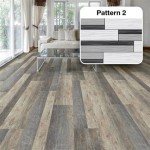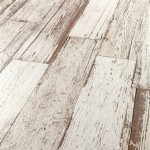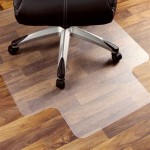Sanding and Finishing Wood Floors: A Comprehensive Guide
Wood floors, with their timeless elegance and natural beauty, have remained a popular choice for homeowners for centuries. However, over time, these floors can become worn, scratched, and dull, losing their luster. The good news is that sanding and finishing can revitalize existing wood floors, restoring their shine and extending their lifespan. This comprehensive guide will delve into the intricacies of sanding and finishing wood floors, discussing the process, materials, techniques, and essential considerations for achieving professional-looking results.
Understanding the Process
Sanding and finishing wood floors is a multi-step process that involves removing the existing finish, sanding the wood to create a smooth surface, and applying a new finish. The process begins with removing the existing finish, which can be accomplished using a drum sander, belt sander, or orbital sander. These machines are designed to remove the old finish, leaving behind a bare wood surface.
After the old finish is removed, the wood is sanded to create a consistent and smooth surface. This step involves using a variety of sanding tools, including drum sanders, belt sanders, and orbital sanders. The choice of sander depends on the size and shape of the floor, as well as the desired level of finish. Once the wood is sanded, it is ready for finishing.
Finishing wood floors involves applying a protective coating that enhances the beauty of the wood and protects it from wear and tear. There are several types of finishes available, including polyurethane, varnish, and oil-based finishes. Each type of finish has its own unique properties, such as durability, gloss level, and drying time. Choosing the right finish is crucial for achieving the desired look and protecting the floor from damage.
Essential Materials and Tools
To successfully sand and finish wood floors, you will need a variety of tools and materials. These include:
- Sanding Equipment: Drum sander, belt sander, orbital sander, edger, and sanding screens. These tools are essential for removing the existing finish and creating a smooth surface.
- Dust Collection System: Sanding creates a significant amount of dust. A dust collection system, such as a vacuum or dust collector, is crucial for maintaining a clean work environment and preventing dust from settling on other surfaces.
- Wood Filler: Wood filler is used to fill in gaps, holes, and other imperfections in the wood. It helps create a smooth, even surface.
- Finish: Polyurethane, varnish, or oil-based finish, based on your desired look and protection level.
- Brushes and Applicators: Brushes and applicators are used for applying the finish evenly and smoothly.
- Safety Gear: Safety glasses, gloves, and a respirator are essential for protecting yourself from dust and other hazards.
Tips for Achieving Professional Results
Sanding and finishing wood floors is a demanding task that requires skill and patience. Here are some tips to achieve professional results:
Plan the Process
Before starting, create a plan that outlines the steps involved, the materials needed, and the estimated time required. This will help ensure a smooth and efficient process.
Prepare the Floor
Proper preparation is essential for achieving a successful outcome. Remove all furniture and fixtures from the room, clean the floor thoroughly, and repair any damages or imperfections.
Start with Coarse Grit
Begin sanding with a coarse grit sandpaper to remove the existing finish and level out any unevenness. Gradually progress to finer grits to create a smooth surface.
Sand with the Grain
Always sand with the grain of the wood to avoid scratches and achieve a consistent finish.
Use the Right Tools
Choose sanding tools and finishes appropriate for the type of wood and the desired look. Consult with a professional for guidance.
Apply Finish Evenly
Apply the finish evenly with a brush or applicator, using smooth, consistent strokes. Allow the finish to dry completely between coats.
Maintain the Finish
Once the finish is applied, it is crucial to maintain it to ensure its longevity. Regular cleaning and occasional refinishing will help keep your floors looking their best.

How To Sand Refinish Hardwood Floors

How To Achieve A Smooth Wood Floor Surface Sanding Floors

How To Refinish Hardwood Floors

How To Sand And Finish Wood Floors Youtube

You Can So Sand Your Own Floor Diy Hardwood Refinishing

How To Refinish Hardwood Floors Give Your Home A New Look

Invision Hardwood Blog How To Sand Flooring

Easy Diy Ways To Sand And Polish Hardwood Floors Timber Floor Sanding Melbourne

Recognizing When To Refinish Vs Replace Hardwood District Floor

Buff And Coat Vs Sand Finish
See Also







